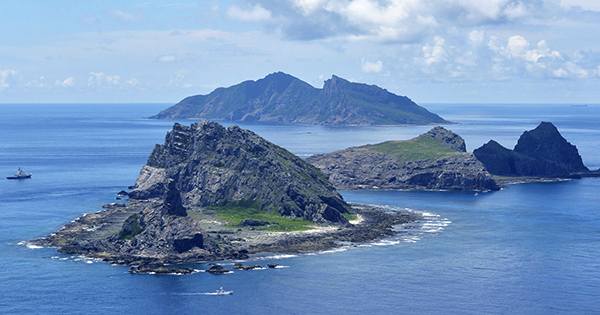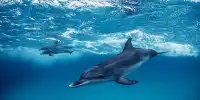Humans – Probably definitely, from South America – had spent time on the Falkland Islands (Islas Malvinas) long before Europeans arrived, according to fresh evidence? These were most likely one-time trips rather than long-term colonies. Nonetheless, this has ramifications for how we see the history of South American sailing technology – as well as the origins of the warrah, the islands’ sole terrestrial mammal. It also demonstrates how much of the “Age of Discovery” featured Europeans “discovering” regions that others had already visited.
English sailor John Strong made the earliest verifiable record of the Falkland Islands in 1690. However, the question of whether there had been previous visits— by Europeans two centuries either previously or by the Fuegians of Patagonia even earlier – has remained unanswered. Researchers including University of Maine student Catherine Hamley took soil cores at three sites around the islands. In Science Advances, Hamley and co-authors report that the work provides strong evidence for human presence around the 14th Century, with hints of much earlier visits.
The report states that “sedimentary charcoal accumulation rates (CHAR) have been observed to rise by orders of magnitude soon following human presence.” Because lightning-caused fires are uncommon in the Falklands, background CHAR is low. Over the last 13,000-15,000 years, the authors investigated variations in charcoal abundance. Hamley discovered no change in charcoal richness on Mount Usborne, the island’s highest peak, indicating no prolonged human occupancy. The same may said about one seaside sight that may have enticed visitors.
However, the scientists discovered three charcoal surges on New Island that are difficult to explain without human involvement: one about 1,000 years ago, and another 750-600 years ago. A third charcoal layer corresponds to the known advent of Europeans in the area, and the latter two significantly surpass CHAR levels seen in prior island study.
The researchers also mention the finding in 1979 of a stone point that resembled those used by Tierra del Fuego people. A ground investigation done nearby and humans who rely on marine resources and date from around the second charcoal boom discovered seven dumps of bird and sea lion bones that resembled those left.
The Falkland Current is nutrient-rich, resulting in abundant fishing grounds around the islands, which may have attracted Fuegians who came for the seabird eggs and sea lion flesh. It is understandable that visitors to the islands did not remain for very long. Even with the might of 18th century technology, it took multiple efforts for European powers to make a Falkland Islands colony sustainable.
The discoveries offer information on Hamley’s principal study topic, the extinct warrah (Dusicyon australis), also known as the Falklands Wolf. The topic of how the warrah’s progenitors arrived in the Falklands, as the Falklands’ only terrestrial mammal, perplexed visiting Charles Darwin, and has been discussed ever since. Lower sea levels and more widespread ice flows spanned the gap during the last glacial epoch, according to popular thinking.
Indigenous South Americans, on the other hand, may have brought tamed foxes who lingered on after the people departed, living on the seals and seabirds that had previously had the islands to themselves, according to Hamley. No other South American animals have found in the Falklands, which is difficult to explain if the warrah arrived on their own. The authors also claim to have discovered the oldest warrah bone ever discovered which is at least 3,750 years old. If humans brought the warrah to the islands, they must have done it a long time ago.















